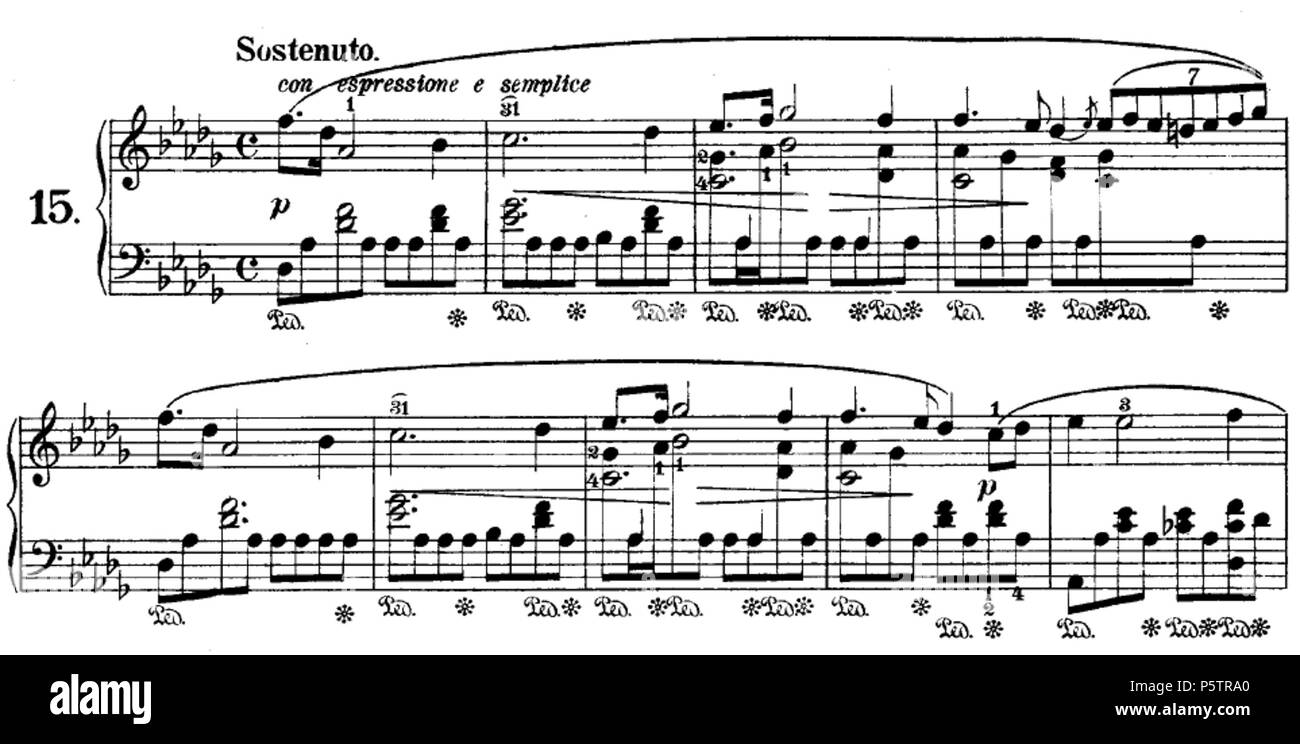

Chopin has lived in an era which highly influenced his music. Frederic Chopin was born in Poland, but he changed to French citizenship since he lived there until 1849.Ĭhopin was a natural born talent, and his extraordinary skills have been a huge surprise to everyone. This is a lively and colorful closing number, the orchestra catching much of the merriment and charm of the Chopin original.Chopin is a well know piano composer, and his work is beloved all across the globe. The last movement, "Grand Waltz" (the only number titled slightly differently than its chief musical source), is drawn on Chopin's Op. Here, the orchestral rendition imparts color and is nearly as effectively as the keyboard version. The Prelude makes another reappearance at the beginning of the penultimate section, which uses the elegant Op.

While it adapts well to the orchestral setting, its mood is lightened and its expressive soul somewhat attenuated. 1, Waltz, one of his more intimate waltz creations. The Prelude returns to introduce the next section, which is comprised mainly of Chopin's Op. 2) and a playful intimate mood in the second (Op. Two mazurkas follow, bringing festive cheer in the first (Op. Chopin's music here turns a bit saccharine, clearly resisting transformation from its more natural keyboard version. 2, and it maintains the delicate, airy mood from the preceding prelude. The ensuing Nocturne is from Chopin's Op. The music sounds more ethereal and even slower in its orchestral guise than in Chopin's piano version. The first section is entitled "Prelude," an arrangement of Chopin's lovely Op.

Les Sylphides is a short ballet, consisting of just eight dance movements, set in a moonlit park where the sylphides (winged spirits) dance with a poet. Later versions of the work featured arrangements by Roy Douglas, and the team of Leroy Anderson and Peter Bodge. Fokine used a number of celebrated orchestrators in fashioning Les Sylphides, including Taneyev, Lyadov, Glazunov, Tcherepnin and Stravinsky. It was one of the first plotless ballets ever presented in Europe and was a great success. Petersburg premiere it was retitled Les Sylphides and introduced to Parisian audiences by Diaghilev's Ballets Russes. Mikhail Fokine was the driving force behind the project, which evolved from a single number, Moonlight Vision, in 1907, growing to a larger work called Danse sur la musique de Chopin the following year, and finally expanding in 1909 to Chopiniana, the completed ballet's initial title. This ballet was fashioned from orchestrated versions of a number of the Chopin's most popular piano works.


 0 kommentar(er)
0 kommentar(er)
